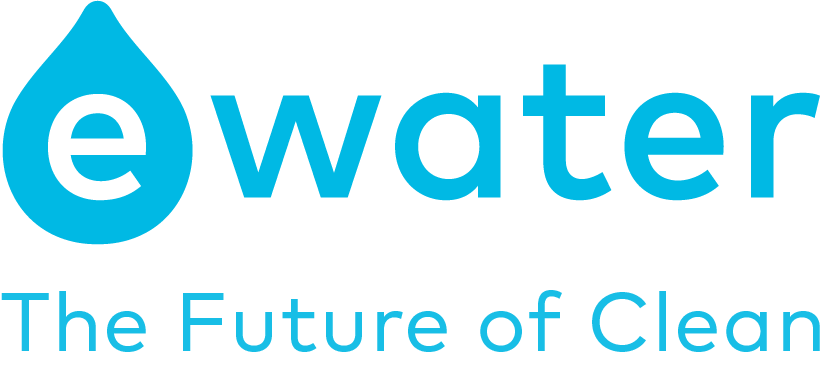Comparing how eWater sanitises food compared to other products
A recent listeria outbreak affecting Australia’s rockmelon industry has called into question the practices used to disinfect and sanitise fresh produce. eWater is not just a cleaning solution but also effective and safe to use on fresh food as a sanitiser and antimicrobial. It can even extend the shelf life of fruit and vegetables! Here is how eWater works compared to some of its competitors:
Bleach & Fungicides
Post-harvest fruit and vegetables are treated with a variety of chemicals. Rockmelons in particular are commonly dipped in chlorinated water, made using bleach, then exposed to a number of fungicides, most commonly benomyl, guazatine and imazalil. These fungicides are mainly used to extend shelf life.
Fungicides are a specific type of pesticide used to control fungal disease by specifically targeting the fungus causing the disease.
However, many of these fungicides have also been found to be unhealthy for human consumption. Imazalil in particular has been found to possibly be carcinogenic.
The bleach used to disinfect produce can also be very damaging to the environment and harmful if consumed by people.
Peracitic acid
Peracitic acid is another sanitiser commonly used in food production. It has been found to be even more effective than sodium hypochlorite (bleach) at sanitizing fruit and vegetables.
And unlike bleach, peracitic acid is biodegradable and much less damaging to the environment. It also much less corrosive than bleach, making better suited to cleaning steel surfaces.
Unfortunately, despite its many advantages, peracitic acid has some drawbacks, namely its effects on health.
Exposure to Peracitic acid at even low levels can burn the skin, eyes and respiratory system. Long-term exposure can even cause asthma and lung damage.
Electrolysed water’s high oxidation damages bacterial cell walls, allowing infiltration by water.
The microbe fills up causing a “hydration overload”. Essentially, the water fills the cell faster than it can expel it, causing it to burst, killing the bacterial cell.
This process not only kills the bacteria dangerous to humans but the bacterial and fungal disease that effects the produce itself as well. This significantly extends its shelf life.
eWater is also completely safe to dispose of for the environment than the chemical alternatives offered by other companies. Utilising only salt, tap water and electricity it has no adverse health effects for people who use or consume it.
The onsite production of eWater also avoids unnecessary plastic waste and removes users from a costly, high emissions chemical supply chain.
eWater is fast becoming best practice in hygiene for food production.
More information on electrolysed water and eWater Systems can be found at www.ewatersystems.com or contact eWater at 1300 EWATER or info@ewatersystems.com

